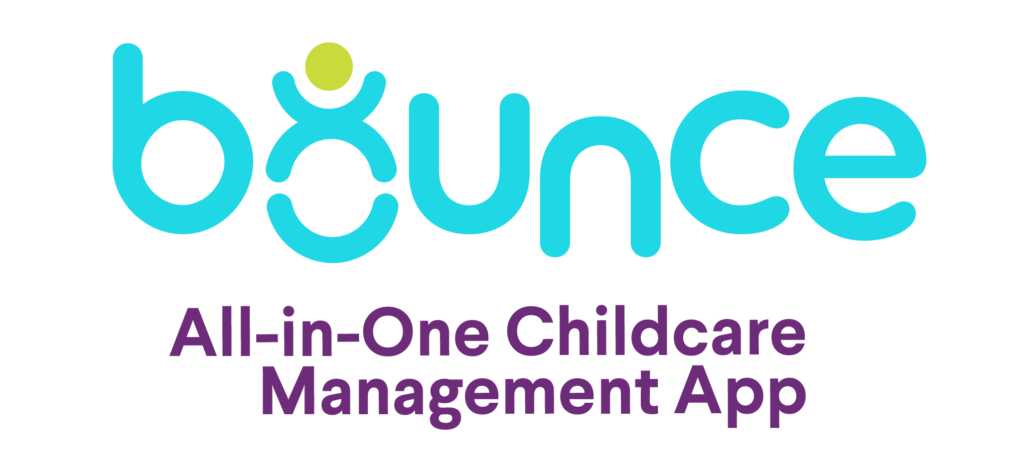The interior design of a childcare center plays a big role in influencing young minds. Creating stimulating, colorful, and interactive learning environments is key for children’s cognitive and social-emotional development. Here are some interior design ideas preschool owners can consider when renovating or building a new space:
Defined Learning Areas
Dividing the classroom into defined areas with clear purposes allows children to easily understand where different activities take place. Common zones include a reading nook, block area, art studio, science discovery area, and quiet space. Defined areas encourage focused free play and independent learning.
Colors and Visuals
Bright, vibrant colors have been shown to boost mood, engagement and creativity in children. A mix of warm and cool tones stimulates the brain. Displaying visuals at children’s eye-level adds educational elements wherever they look. Murals, alphabet charts and number lines bring learning to life.
Natural Light
Maximizing the use of natural light uplifts spirits and promotes well-being. Large windows overlooking green spaces or the playground connect indoors to outdoors. Skylights add brightness on cloudy days. Plant life introduces nature into the classroom.
Flexible Furniture
Movable tables, chairs, cushions and mats allow infinite arrangements suited for different activities throughout the day. Kids can easily pull chairs around for group story time or spread out on the floor for tummy time. Flexible furniture accommodates the ever-changing needs of learners.

Sensory Stations
Including areas devoted to sensory exploration engages all five senses. Examples include a water/sand pit, natural materials like grass, wood and leaves, musical instruments and soothing scents. Sensory play aids development in fascinating ways for curious preschoolers.











